Dubbed the central bank to the world’s central banks, the BIS raised the concerns in its latest quarterly report, in which it also said this year’s market upheaval had, by and large, been navigated without many major issues.
Let’s talk about supply shocks. Cast your mind back to the beginning of March 2020. Remember how everyone panic bought pasta and toilet paper? Except that it didn’t really happen – at least on a large scale. What happened was, in their usual underhand way, the establishment media paid supermarket managers to hide the toilet rolls just out of shot while they photographed the empty shelves. And then there was that time when the photographer got one of his mates to load a shopping trolley with multi-packs of toilet rolls to give the impression that this was commonplace. But there were shortages. Not from panic buying, but simply from the additional demand as we all added one or two extra items to our weekly shop. In a just-in-time supply system, that is all it takes to create a shortage.
There was more though. When lockdown began, there was a massive switch from what we might call the wholesale supply chain into the – usually much smaller – retail supply chain, as big consumers like schools, offices, factories, hotels and restaurants dramatically cut consumption even as a newly created army of homeworkers sought to increase theirs. For example, most eggs would previously have been consumed in the wholesale sector, where they are packaged in cartons of thirty or more. In the retail sector, eggs come mostly in half-dozen and dozen cartons. So that, at the beginning of lockdown there was an egg shortage because of the shortage of egg cartons. Toilet paper was affected in a similar way as demand for the large, wholesale rolls used in offices and factories slumped even as demand for household size rolls rocketed.
…click on the above link to read the rest…


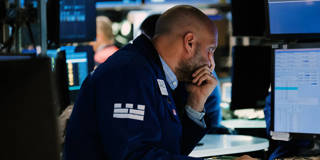




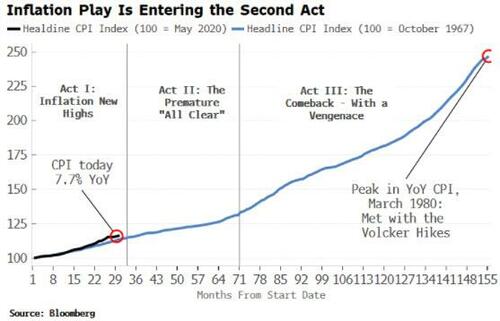


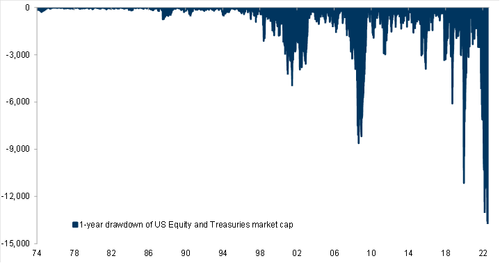
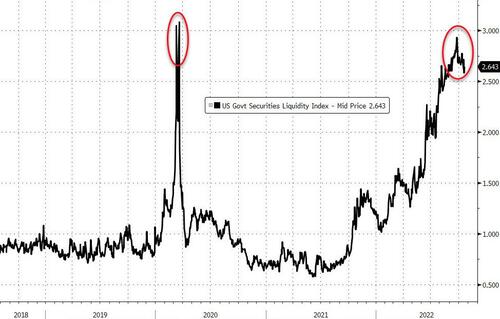
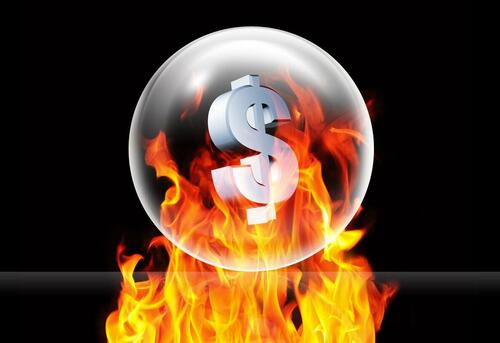
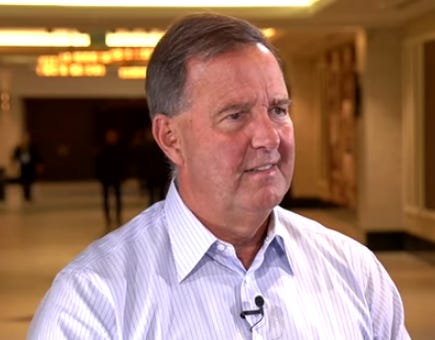
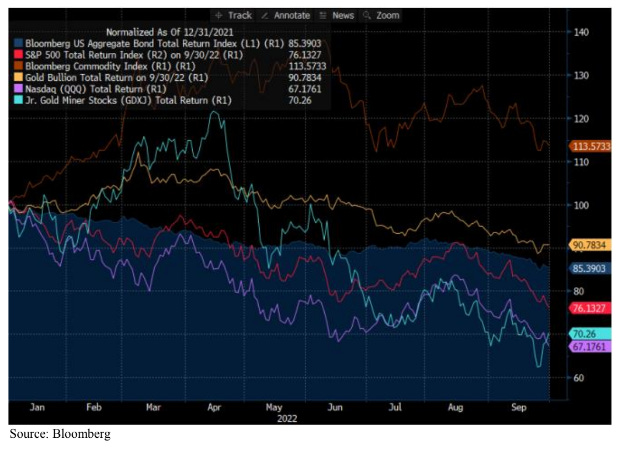
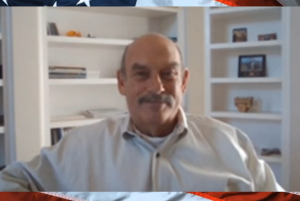
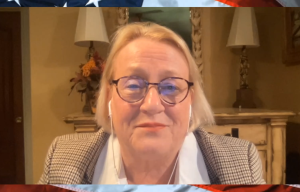


NEW YORK – The world economy is lurching toward an unprecedented confluence of economic, financial, and debt crises, following the explosion of deficits, borrowing, and leverage in recent decades.
In the private sector, the mountain of debt includes that of households (such as mortgages, credit cards, auto loans, student loans, personal loans), businesses and corporations (bank loans, bond debt, and private debt), and the financial sector (liabilities of bank and nonbank institutions). In the public sector, it includes central, provincial, and local government bonds and other formal liabilities, as well as implicit debts such as unfunded liabilities from pay-as-you-go pension schemes and health-care systems – all of which will continue to grow as societies age.
Just looking at explicit debts, the figures are staggering. Globally, total private- and public-sector debt as a share of GDP rose from 200% in 1999 to 350% in 2021. The ratio is now 420% across advanced economies, and 330% in China. In the United States, it is 420%, which is higher than during the Great Depression and after World War II.
Of course, debt can boost economic activity if borrowers invest in new capital (machinery, homes, public infrastructure) that yields returns higher than the cost of borrowing. But much borrowing goes simply to finance consumption spending above one’s income on a persistent basis – and that is a recipe for bankruptcy..
…click on the above link to read the rest…